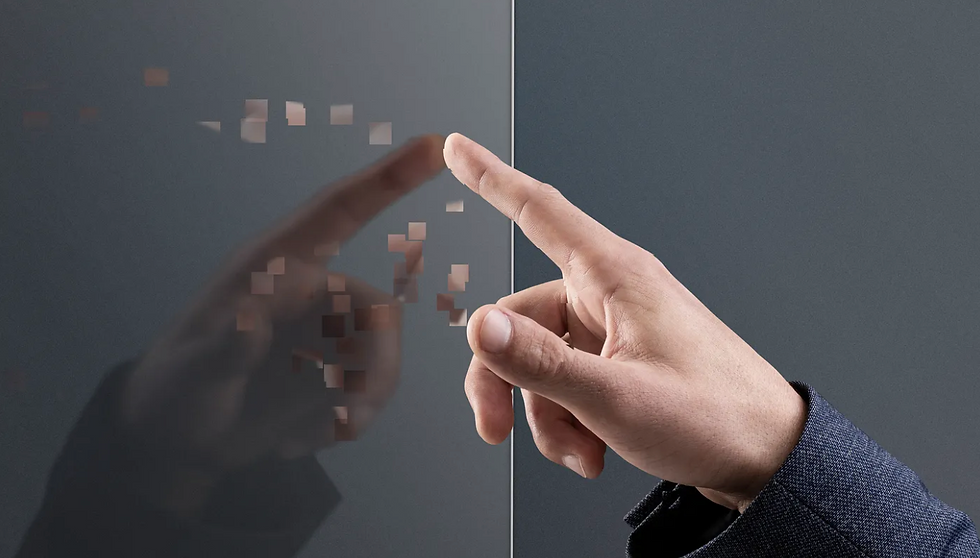How UX Design Can Be Applied to the Classroom: A Conversation with My Husband, a Teacher
- Raby Claire
- May 17
- 3 min read
Design, at its best, makes people feel that something was built for them.Education should feel the same.Teaching is not just information delivery. It’s experience design.

Design is not about making things look good. It’s about making things work well — intuitively, meaningfully, and humanely. We often associate design with products, interfaces, and technologies. But one evening, during dinner with my husband — who teaches at a local high school — I was reminded that design is everywhere. Especially in places we often overlook. Like classrooms.
“I don’t just teach math,” he told me. “I teach students.”
I smiled. That sentiment resonates deeply with what I’ve always believed about design:
We don’t design products. We design for people.
Classrooms Are User Interfaces
From a UX perspective, the classroom is a complex, interactive system — like a digital product with multiple layers of navigation, feedback, and user flows. The students are the primary users. The teacher is the system administrator and content provider. And the curriculum? That’s the core logic engine.
When I asked him when students typically lose motivation, he said:
“When they don’t know why they’re learning something — or feel it doesn’t apply to them.”
Sound familiar? It’s the same frustration users feel when they encounter poorly designed products:
“I don’t know what this button does.”
“Why is this here?”
“What am I supposed to do next?”
We often say poor UX leads to confusion, frustration, and abandonment. Education is no different. When poorly “designed,” learning becomes unintuitive, disconnected, and alienating.
Is Education Meant to Be Hard? The Usability Paradox
There’s a common misconception in design that making things easy means dumbing them down. But complexity isn’t the enemy — unnecessary complexity is.
Education, by nature, involves challenging ideas. But challenge does not need to mean confusion. From a UX standpoint, our goal is not to simplify the content but to reduce extraneous cognitive load — the friction caused not by learning itself, but by poor systems that obscure learning.
For instance:
- A student unsure how to begin an assignment is like a user who doesn’t know where to start in an app.
- A learning management system that takes five clicks to upload a file is like a shopping site with a broken checkout process.
In both cases, the system gets in the way of the goal.
When students feel lost, confused, or overwhelmed — not by the material, but by the “way” it’s delivered — we’ve failed them in the same way bad design fails users.
Teaching Is Interaction Design
Every class is a user journey.
- The “onboarding” is how a lesson begins — how it grabs attention and sets expectations.
- The “interaction flow” is the sequence of activities: discussions, exercises, and content delivery.
- The “feedback” comes through quizzes, comments, and subtle social signals.
- The “delight” emerges when students feel a sense of achievement or insight.
I suggested to my husband that he sketch out a *student experience journey map* for his lesson plans. Skeptical at first, he gave it a try. Weeks later, he told me his students were more engaged. They asked more questions. They started showing up early.
“Turns out, designing a class like a well-thought-out app actually works,” he said.
Of course it does. Because both are about shaping human experiences with intention.
Iteration, Not Perfection
One of the key principles in UX is iteration: test, observe, revise. In education, this often gets lost under rigid curricula, outdated assessments, and institutional inertia.
But why shouldn’t teachers prototype their lessons like designers prototype features?
- Run small tests.
- Gather real-time feedback.
- Make improvements, not just in content but in delivery, pacing, and clarity.
The best designs are not the ones that are perfect on day one, but the ones that “adapt”. Classrooms should work the same way.


